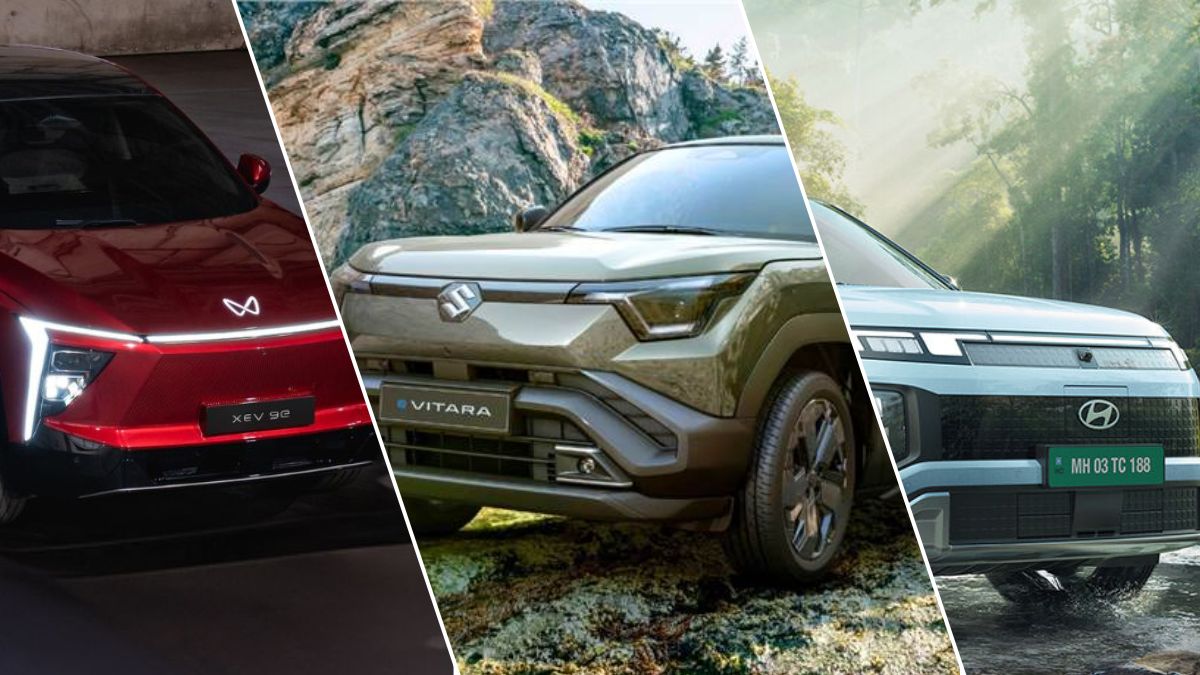With Maruti Suzuki getting ready to unveil its first electric SUV this week at the heels of Hyundai launching the Creta EV in the country, all eyes are on the Indian electric mobility market.
The Suzuki eVitara will get its first official curtain raising at the Bharat Mobility Global Auto Show 2025. India’s headline convention for the auto sector is scheduled to kick off on January 17, 2025, in Delhi.
The Tata group was among the first automajor in India to launch EVs in the country, followed by Mahindra & Mahindra.
Tata Motors now boasts a range of EVs that include the Curvv.ev (mini-SUV coupé), Punch.ev (tallbody hatchback), Nexon.ev (mini-SUV), Tiago.ev (hatchback), and Tigor.ev (subcompact sedan).
Meanwhile, Mahindra recently launched its BE6 (mini-SUV coupé) and XEV 9e (SUV coupé) electric vehicles, adding to the XUV400 EV (mini-SUV).
Korean autogiant’s unit in the country, Hyundai Motor India, launched the electric version of its highly successful SUV Creta to capitalise on the growing adoption of EVs. Hyundai also has a luxury EV, the IONIQ 5, in the market.
According to Tarun Garg, the COO of Hyundai India, the nation is still at an early stage of electrification, with just 2.4 per cent adoption.
Garg expects 2025 and 2026 to be major “trigger points” in the electric movement, and looks to the Hyundai EV to lead it. By 2030, EV penetration is expected to reach 17 per cent, the COO added.
Garg also highlighted that by 2026, “strong brands” will launch “strong products” in the industry. This is in line with India’s major automakers—Maruti Suzuki, Hyundai India, Tata Motors, and Mahindra & Mahindra—all heavily pushing out major EV offerings, with the promise of more.
With more EV adoption also comes the need for charging networks. Garg said that Hyundai India plans to roll out a charging app to help find and manage usage at charging stations. This app, and thereby the charging stations, would service “not only Hyundai customers but also non-Hyundai customers”, added Garg.
Last week, Mahindra said it expects sales of 5,000 units for the BE 6e and XEV 9e, in its initial phase of rollout. “The company aims to mainstream luxury by targeting 5,000 units of the BE6e and XEV 9e models per month in the initial phase,” said Veejay Nakra, president of the automotive division at Mahinda & Mahindra.
With major Indian automakers pinning their expectations on faster EV adoption and the central government aiding the sector with programmes such as the PM E-DRIVE scheme (which replaced the FAME schemes), the country could see major overhaul and improvement in auto electrification and EV infrastructure.



